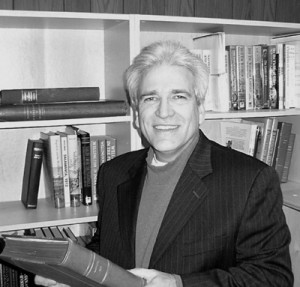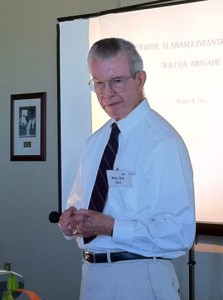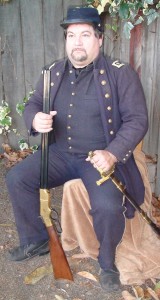Dana Lombardy on “The Waterloo Myth: How Napoleon Nearly Won the 1815 Campaign”
Many historians discount the Waterloo campaign as irrelevant—a French victory in Belgium could not prevent an eventual Allied triumph due to overwhelming numbers, the same way it happened in 1813 and 1814. Was Napoleon desperate and out of touch with reality? Or, was the entire 1815 campaign, not just the battle on 18 June, more of a “close run thing” than assumed?
Dana Lombardy was an Associate Online Editor for Armchair General magazine and now does research, writing and design through Lombardy Studios. Dana is best known for his nearly twenty television appearances, including multiple episodes of The History Channel’s “Tales of the Gun” series. He has contributed as an editor, cartographer, graphic artist and designer on many books, games, and magazines, and was Publisher of Napoleon Journal from 1996-2000.







